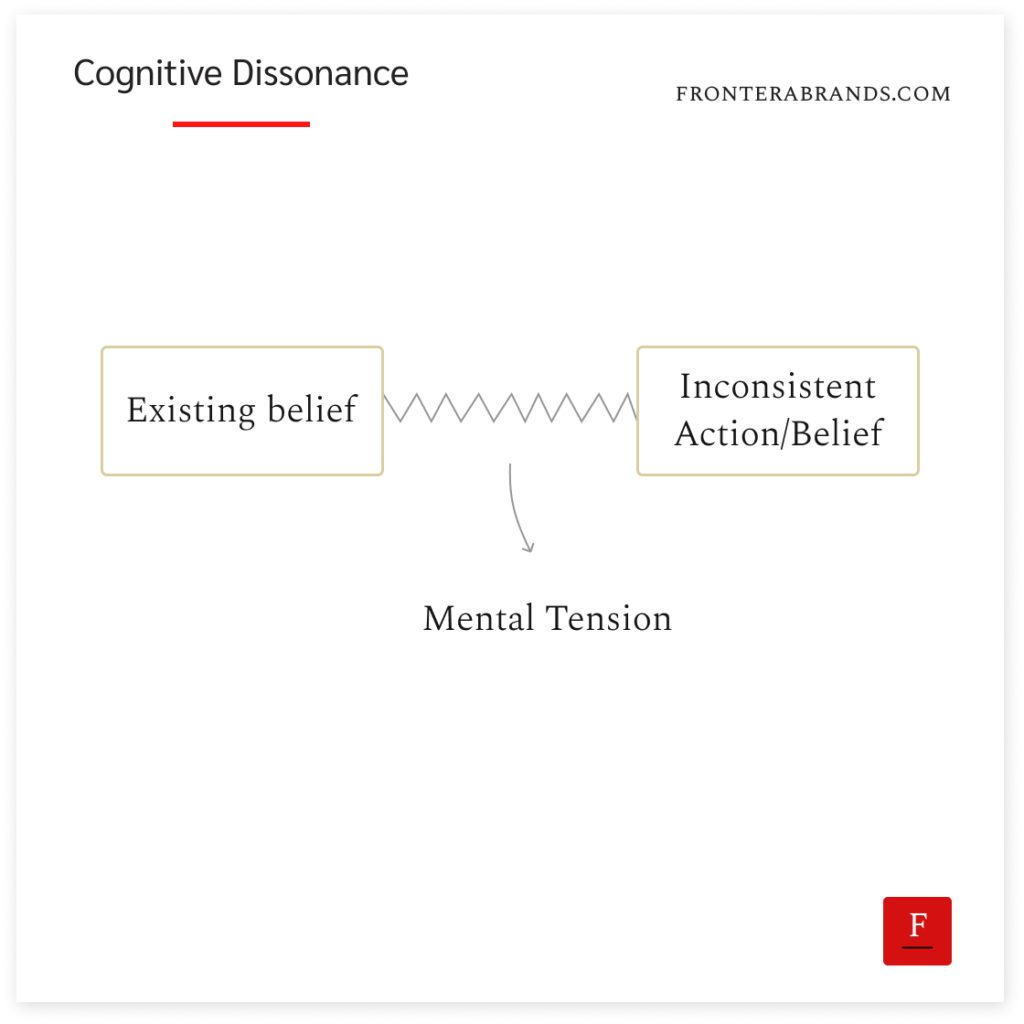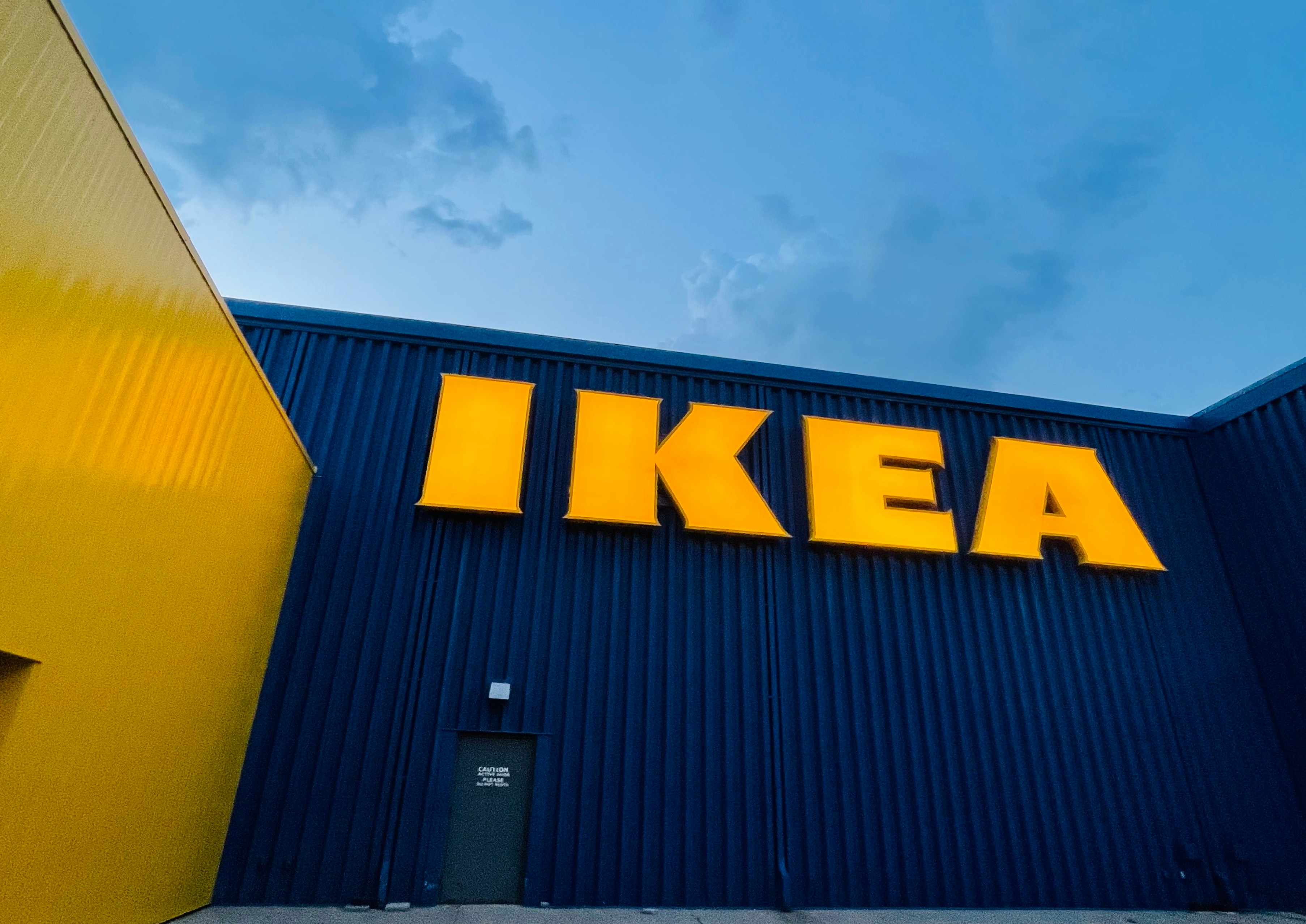On a winter day in 1971, McCann’s young copywriter Ilon Specht was frustrated.
She was chosen to write the ad for an expensive hair color brand called L’Oréal.
And her colleagues (mostly men) were after the same old ideas.
Show a woman changing to a new hair color to be more attractive to a man.
And explain how the product is better than the others with a voiceover.
That’s it.
So their discussions were around which product attributes to emphasize and if they should record the ad next to a curtain or a mirror.
Specht hated it.
All these men didn’t understand how women felt.
They saw women from their perspective.
Forget about a premium brand — those ideas wouldn’t even sell a cheap product.
So after one of those meetings, she went back to her table with anger.
And she started writing the words that came to her mind.
It was simple.
One woman was going to talk to the camera and explain why she prefers L’Oréal.
But it was not going to be about attracting a man.
Her last sentence was this:
“Actually, I don’t mind spending more for L’Oréal — because I’m worth it.”
Specht convinced the account manager to present the bold idea to L’Oréal.
And L’Oreal executives decided to give it a shot.
So actress Joanne Dusseau walked towards the camera directly while saying Specht’s powerful words:
The result?
Women loved it.
L’Oréal was expensive.
But women didn’t care — because they were worth it.
L’Oréal sales increased beyond everybody’s expectations.
The campaign became the milestone that turned L’Oréal from an upcoming cosmetic brand in the international markets into a powerhouse.
And “Because I’m worth it” became L’Oréal’s tagline for decades.
When justification makes the sale
Now, let’s dig deeper into why the ad worked so well.
Besides the boldness for its time, Specht’s words had a psychological aspect that made it a big success.
Women consumers had a strong belief: they should not spend a lot of money on unnecessary things.
Self-indulgence was bad.
So up until that point, their actions were consistent with this belief.
They either didn’t change their hair color or preferred a cheaper brand.
But then Specht gave them the right justification to suppress that belief and spend extra money.
And when the mental tension between the belief (self-indulgence is bad) and the possible action (buying an expensive cosmetic product) was resolved, they started buying L’Oréal.
Social psychologist Leon Festinger called this cognitive dissonance in 1956.
Our minds desire consistency.
When our beliefs and actions are inconsistent, it annoys us.
So we look for ways to cope with that tension.

I’ll use a common example to show how we cope with cognitive dissonance.
Let’s think about a person who wants to quit smoking but still smokes.
This creates a mental tension between the belief (smoking is harmful) and the action (still smoking).
So that person can:
- Change the belief: “They say 5 cigarettes a day is not so harmful.”
- Change the action: Quit smoking.
- Justify the belief/action: “Smoking helps me relieve my stress.”
- Ignore the new belief/action: Totally ignore that smoking is harmful.
And here’s the thing.
Understanding cognitive dissonance and how people cope with it helps you get into the customers’ minds.
And find a better way to market your brand.
So how can you use cognitive dissonance to grow your business?
Three points to use cognitive dissonance for marketing your brand:
1. Look for unresolved mental tensions
People always evaluate your brand with existing beliefs.
The beliefs that they learned from society or prior experience.
Like what?
One example is the relationship between price and quality.
If something is expensive, we believe it must be of high quality.
If something is cheap, the opposite.
So brands that claim both create a mental tension.
You claim to be high quality and very cheap?
It might be true.
But people won’t believe it.
That’s why brands at the edges are easier to understand and more believable.
Swatch or Rolex.
Kia or Rolls-Royce.
But if you want to position the brand somewhere in the middle, you have to work harder to resolve the tension.
IKEA is a brand that achieved such a position.
It’s not the cheapest, nor the luxury.
It’s somewhere in the middle.
But it has clear value tradeoffs that make it believable: it’s far away from the city and you have to assemble it yourself.
Fair enough.
That makes it believable when IKEA claims their furniture is high quality at affordable prices.

So before anything else, think about the mental tensions you might be dealing with.
Different beliefs in the customer’s mind can cause them:
- Industry related: “Banks are greedy.” “Advertising is expensive.” “Real estate is always a good investment.”
- Technology related: Privacy vs. personalization, simplicity vs. complexity, AI is good vs. it’s the end of the world
- Behavioral: Self-indulgence vs value, productivity vs. entertainment, sustainability vs. convenience
2. Choose how you’ll resolve it
In one scene from Mad Men, Don Draper uses these words to explain advertising:
“It’s a billboard on the side of a road that screams with reassurance that whatever you’re doing is ok. You are ok.”
He was right.
What he meant was to solve any possible mental tensions customers may have.
As in the smoking example, customers cope with tension in different ways.
And your brand can help them in one way to solve it.
Some examples of where brands have successfully done it:
- Change the belief: Help customers change their beliefs on a topic. Airbnb changed people’s beliefs that staying in a stranger’s house is dangerous. Dove changed what women believed about beauty.
- Change the action: Find people who already have strong beliefs. Align their inconsistent actions to the belief. Like environment-conscious people buying electric cars or using solar energy. Or health-conscious people buying organic food from Whole Foods.
- Justify the action or the belief: We talked about L’Oréal’s “Because I’m worth it.” Another example is people buying a Rolex because it’s a good investment. Or Harley Davidson justifying the biker lifestyle because it’s all for freedom.
You see how prevalent it is.
People crave a cure to resolve their mental tensions.
And when a brand helps them, that brand immediately becomes more valuable in the customers’ lives.
But of course, it requires clarity.
You have to know what your brand stands for.
And you have to know how you’ll resolve the tension.
But when done right, it’s like a cheat code to build a brand that matters.
3. Kill the buyer’s remorse
I kept an important one to the end.
Buyer’s remorse is also a cognitive dissonance.
Yes, that guilty feeling we all feel after buying something.
And that means customers are the most vulnerable right after a purchase.
They stress themselves with mental tension:
“Have I made the right decision?”
“Can this company deliver on what they promise?”
“Is this product really any good?”
So helping them alleviate this tension is crucial.
Joey Coleman talks about the importance of this in his book “Never Lose a Customer Again.”
He says 20-70% of new customers leave or decide to stop working with the company in the first 100 days of the relationship.
So you spend all that money to sell your product or service.
Your team spends months optimizing metrics like ROAS and CAC.
And boom.
All that effort goes to waste because of buyer’s remorse.
So here’s a big favor you can do for your business.
Map out all the customer touchpoints after the purchase.
And help them feel they made the right decision.
Show that you appreciate their trust.
Show that you care.
Even simple actions can go a long way.
Like actively informing them about product delivery and sending a mini gift with the package.
Or showing your enthusiasm to a new client with a personal message/call.
That way, you kill the buyer’s remorse.
And you drastically increase the chances of customers staying with your brand longer.
It creates a win-win-win scenario:
Happy customer, strong brand, more profits.
–
Enjoyed this article?
Then you’ll love the How Brands Win Newsletter.
Get the “5 Mental Models to Differentiate Your Business” guide when you join. It’s free.
